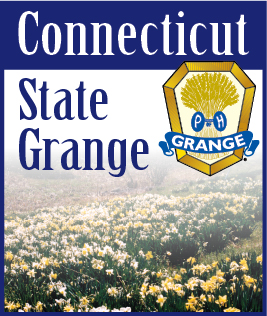| March 3, 2021 -- In this month’s article, we will take a deep dive and discuss PR theory by exploring the models in which the practice of Public Relations is based.
In 1984, two college professors, James E. Grunig and Todd Hunt co- authored the book “Management of Public Relations” which became the model and theory in which all public relations practices have followed since. They evaluated years worth of information dissemination to categorize and formulate concepts based on the role that public relations played/plays in media and culture.
The book teaches the reader about not only technical public relations skills, but social responsibility and professional ethics as well. In it, Grunig and Hunt define the 4 models of Public Relations: 1) press agent/publicity model, 2) public information model, 3) two- way asymmetrical model, 4) two- way symmetrical model. These models serve as the Bible to creating organizational programs, plans and strategies. Let’s take a look at each of these models, and then how they can be utilized in a Grange environment.
1) Press Agent/Publicity Model (Management) -- This model uses one-way communication and the art of persuasion to influence audiences. Ultimately, its goal is to seek media coverage. This is when your Grange promotes or publicizes an event, activity, project, or meeting; when your Grange conveys to the public the information they need ahead of the event or activity, in the hopes of persuading that audience to interact, attend, and support. For example, “Grange X to hold Benefit Dinner for Local Homeless Vets. Tickets Available.”
2.) Public Information Model (Communication) -- This model also uses one-way communication, but in this case, uses the basic communication techniques to distribute stories and information. Like the first model as information is publicly released, but the difference is that here your Grange is just conveying information, without trying to gain a response. This would incorporate news stories, social media posts and press releases. For example, “Grange X honors Joe Smith as Community Citizen of the Year”.
3.) Two-Way Asymmetrical Model (Organization) -- This model is similar to Model #1, where communication is used to persuade and influence the audience, (in this case two-way communication), but the difference is that instead of just conveying the facts, a “scientific response” is employed to gather feedback and evaluate behaviors. For example, Grange X would conduct research to understand the needs of their service area and how the Grange can better serve its community, and then plan an event or activity according to the results of the research.
4.) Two-Way Symmetrical Model (Publics) -- This model uses communication to negotiate, resolve confl and promote mutual understanding. A liaison between the organization and the public, rather than a persuader, is key. Back-and-forth communication is used to ensure that all parties involved benefit from the outcome or conclusion, not just one side. This is where ethics come into play. Here, Granges would listen to what the public or members are saying to them, and then develop a resolution that mutually benefits all parties involved. For example, members are complaining that they are having a hard time making meetings because the start time is 7:30 PM. The Grange then polls members to find a solution, and then as a resolution, changes meeting time to 7:00 PM.
As the borders of traditional publicity standards and advertising standards have disappeared and the theories have morphed together, these models were introduced to define a purpose and framework for Public Relations to operate, thus giving guidelines for organizations of all types to follow to create programs, strategies and tactics for their benefit. These models have enormous influence on the ways that Granges imagine and present themselves to the public and their own membership. Need help getting the word out about your Grange and its activities? Send a note to information@ctstategrange.org or publicrelations@ctstategrange.org.
Source: James E. Grunig and Todd Hunt, Managing Public Relations (Belmont, CA: Wadsworth Publishing, 1984).
|
